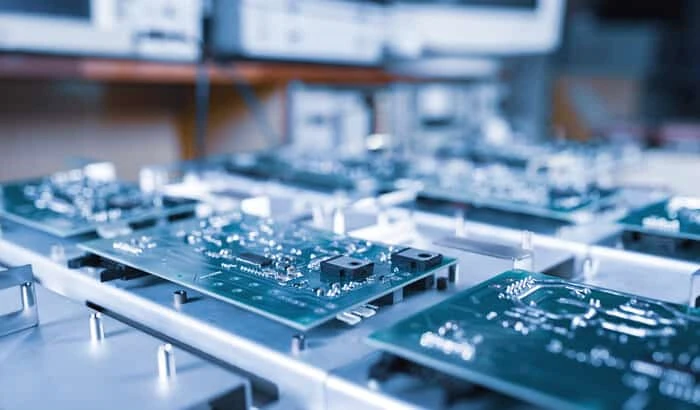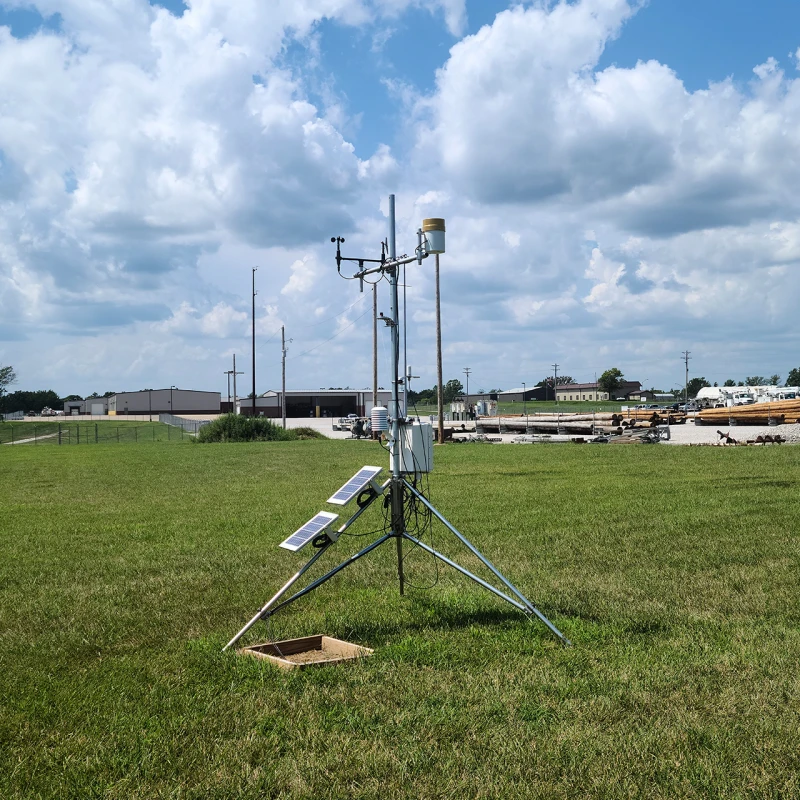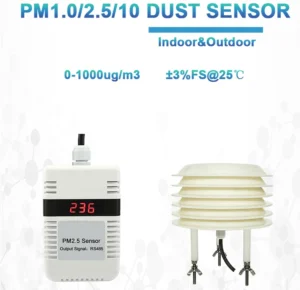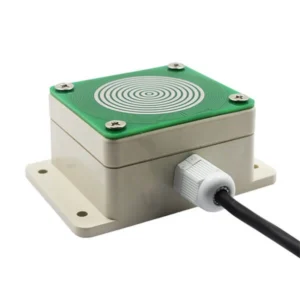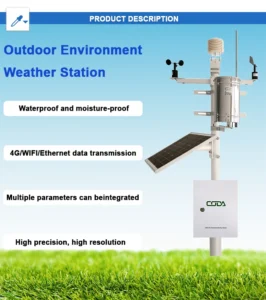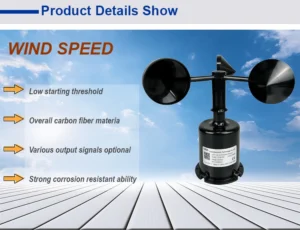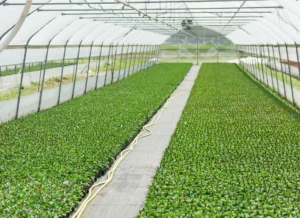is cold weather bad for electronics
In today’s tech-driven world, electronic devices play a big role in our personal and work lives. It is important to know how temperature and humidity affect their performance and lifespan.
This article looks at how these conditions affect electronics. This includes all kinds of things, from home gadgets to complex industrial systems. By knowing the risks of bad environmental management, we can make devices last longer and work better.
1. The Importance of Temperature:
Temperature is very important for how electronic devices work. Too much heat can cause thermal stress. This can speed up wear and tear. It can hurt performance and may even cause long-term harm.
Extreme cold can slow down reactions and disrupt normal functions. Keeping a good room temperature range is key to making sure devices work well and last longer.
2. High Temperatures and Their Dangers:
High temperatures cause many issues for electronics. As heat rises, the electrical resistance in conductors also goes up.
This can lead to voltage drops, unstable signals, and lower performance. Devices may restart suddenly or lose data. In serious cases, overheating can harm circuits and lead to total failure.
The breakdown of moving parts is a big worry, especially for electrolytic capacitors. Being in high temperatures for a long time can dry out the internal components electrolyte. This causes the capacitors to stop working.
When this happens, it can disrupt power supplies. It can also cause odd behavior in other parts and lead to device failure.
3. The Risks of Low Temperatures:
Cold weather can be harmful too, even if high temperatures get more attention. A common problem happens when devices move from cold places to warm ones.
This change can lead to condensation. Moisture can lead to corrosion or short circuits. This may lead to long-term harm.
Batteries do not work well in freezing temperature drops. The chemical reactions inside them slow down when it is cold. This makes them less effective and shortens how long they last.
In severe cases, batteries may stop working completely. It is important to keep electronics safe from freezing and quick temperature changes. This helps keep them working well.
4. Humidity’s Role in Electronics Health:
Humidity helps keep electronic devices stable. High humidity brings moisture that can reach sensitive parts. This raises the risk of corrosion and short-circuits. This is especially harmful to key parts like circuit boards and connectors.
On the other hand, very low humidity can cause static electricity to build up. This makes devices more likely to suffer from electrostatic discharge (ESD). ESD can damage devices right away or create hidden problems that shorten their lifespan. Keeping humidity at the right level helps reduce these risks.
5. Strategies for Maintaining Optimal Conditions:
Taking care of the environment is important. It helps electronics work better and last longer. Here are some helpful steps:
“Make sure there is good airflow around devices to help reduce heat buildup.”
Use fans or heat sinks to help stop overheating.
Use insulation and weatherproofing to keep devices safe from extreme temperatures and moisture.
Using tools like dehumidifiers or humidity monitors can help control moisture in the air.
Regular cleaning and maintenance help get rid of dust buildup. This dust can cause heating issues and lead to short-circuits.
conclusion
Temperature and humidity have a big impact on electronic devices. We need to pay attention to this. Knowing the risks from extreme conditions helps us protect our devices.
Keeping the right temperature and humidity can help electronics last longer and work better. This makes the user experience better and adds value in our tech-connected world.
As technology becomes a bigger part of business, sensor solutions are very important. This includes automation and AI. They help decide how competitive a business can be.
Hunan Coda Electronic Tech Co., Ltd offers many new and high-quality sensor solutions. These solutions are made for different needs and preferences. If you want to improve your environmental monitoring systems, Coda Sensors is the partner you can trust.
The company’s smart sensors help users understand their data. This leads to better decisions.
Hunan Coda Electronic Tech Co., Ltd. uses advanced technology and skilled workers. This allows them to offer services and solutions that go beyond what customers expect. As a result, they earn trust and loyalty from their customers.
